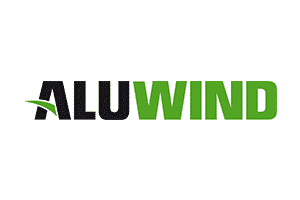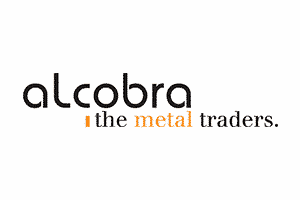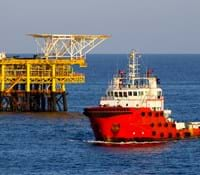Metallprisnyheter maj 2024

Prices are rising across the board. Stainless steel is slowly moving upwards due to strikes and nickel prices, while especially copper is gaining a little more momentum.
Macroeconomic developments
Generally speaking, several macroeconomic factors point to rising prices.
At the same time, investment funds have been buying up commodities and driving prices further up.
USA
Both the US economy and unemployment figures have recently shown signs of slowing growth. As a result, the expectation of an interest rate cut in September is still holding up, and there might still be a second cut after that this year.
But nothing is certain yet, and the inflation data later today (15 May) will be an important clue to the direction. If inflation is going down, an interest rate cut in September is even more likely.
China
In China, inflation has finally started to rise. In the latest report, inflation rose by 0.3%, so the increase is modest, but still on the rise. This could be a sign that demand is picking up in China.

Copper
The investment funds that have bought commodities have mainly bought copper.
This has caused the price to approach the $10,000/ton point several times in the past week, and it has now broken through that point.
If the inflation numbers from the US are promising today, copper is expected to continue rising towards the next resistance points at $10,390/tonne and $10,450/tonne. The latter was the price peak in 2021, and we have to go back to 2011 to find a similar price.

Aluminium
The pressure on aluminium has been less than on copper. The price has been stable around $2.500/tonne this last period.
The drought in China's Yunnan province is expected to end. This means that the plants can increase production because the hydropower plants can once again supply enough electricity. This can cause the price to decrease slightly.
On the other hand, low inflation figures from the US could cause the aluminium price to go up towards $2,600/tonne.
Stainless Steel
Sheets and plates
The strike at Acerinox in Spain is far into its 3rd month, but there is a chance that the strike will end next week.
Acerinox is responsible for a significant share of the European flat product production, so the strike is causing a great deal of uncertainty in the market at the moment. The orders have been distributed among the other European mills, but it is difficult to predict what will happen when Acerinox is able to resumes production with several months to make up for.
Outokumpu in Finland still has a small backlog from the transport strike that affected the mill earlier this spring.
The alloy surcharge will increase in June. Right now the expectation is that 4301 will go up 5.6% and 4404 6.3%.
Bars
The price of bar steel goes up because the nickel price, and thus the alloy surcharge, will increase by 6-7%.

Nickel
At the moment, nickel is difficult to pin down. The price has climbed steadily upwards in the last few months, but there is a lot of uncertainty about the global supply in the long term.
At the end of April, the price peaked just above $19,000/tonne, but it quickly fell again. There is no sign that demand will increase significantly during the year, so we expect a relatively stable, but slightly increasing, nickel price.
In the big picture, there is expected to be a nickel shortage in coming years. But the predictions are all over the place. Recently, the International Nickel Study Group (INSG) lowered its own prediction of global nickel inventory by over 50%. There has been some surprise in the market that the original prediction could be so far off.




















